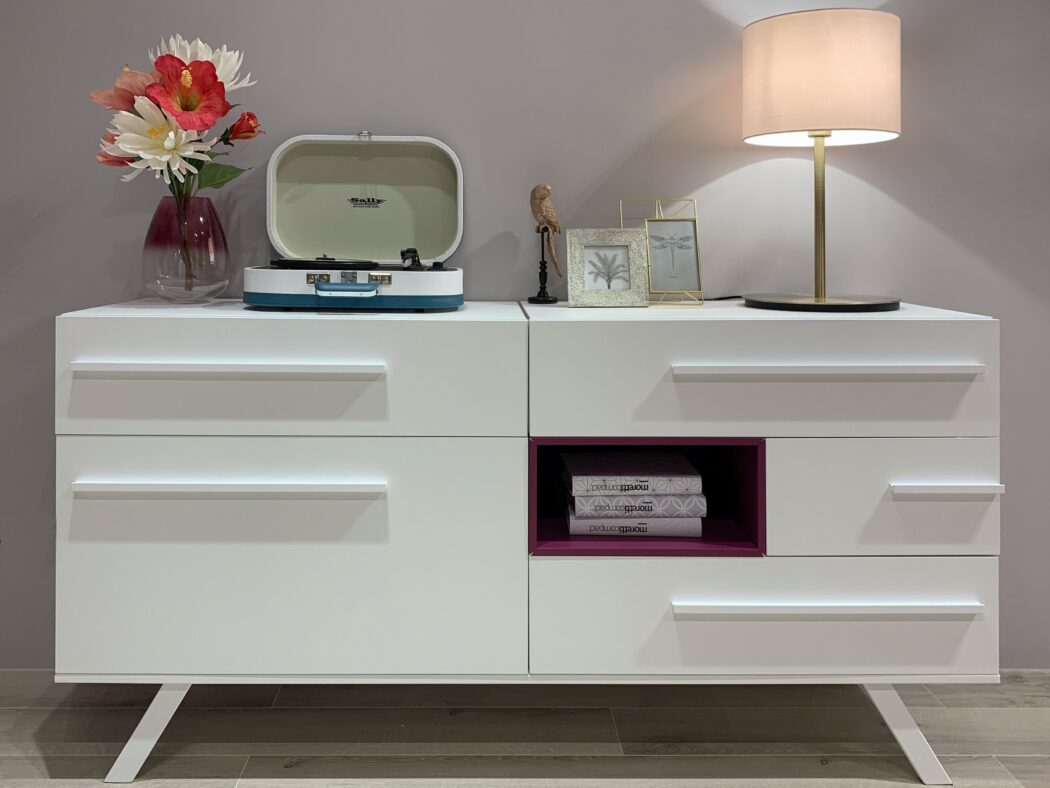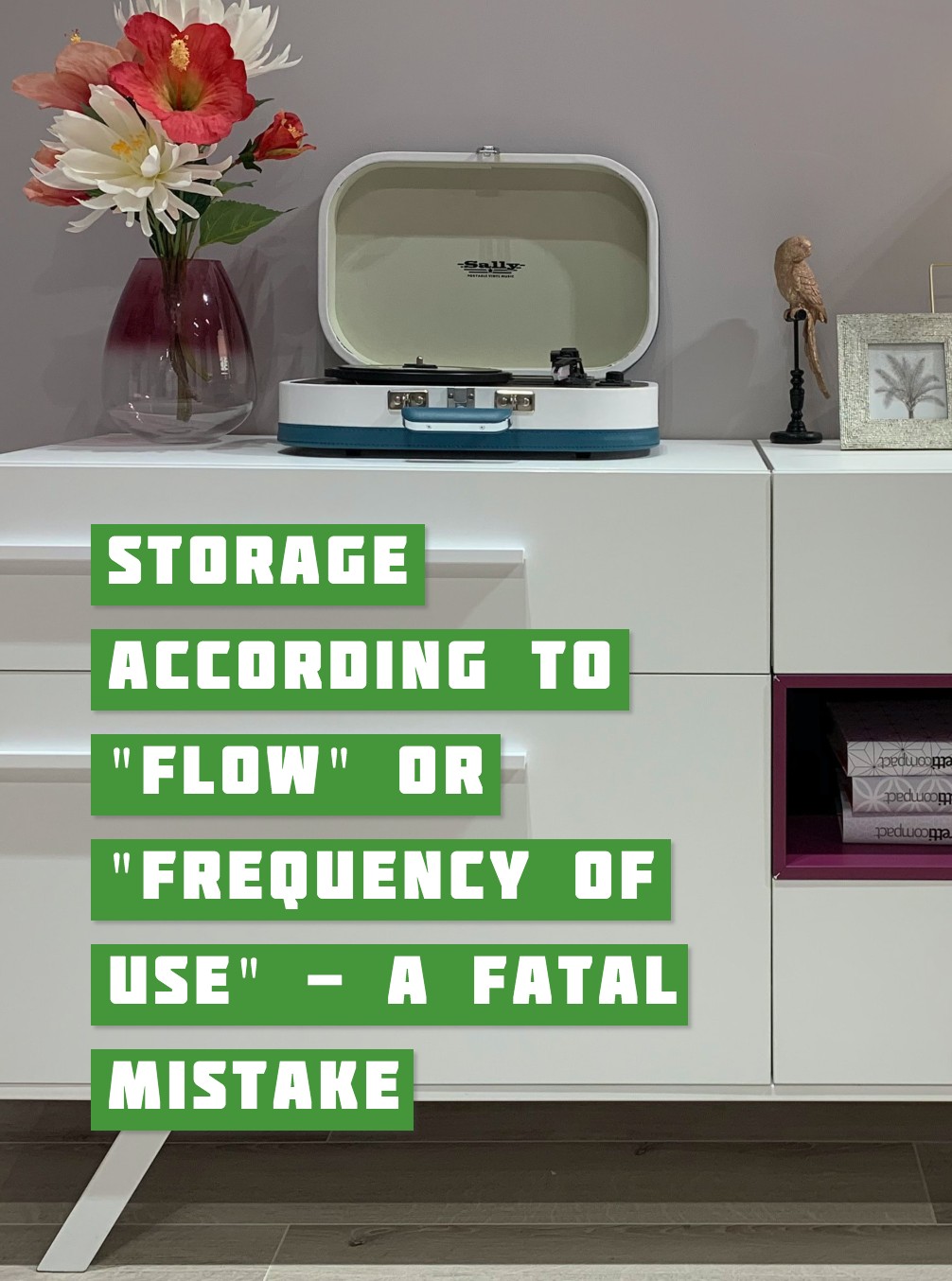
One of the defining factors of the KonMari Method™ is that it proposes organizing and storing by category rather than by flow or frequency of use. Are you used to the idea of storing things where they’re not far from their point of use? If yes, a categorical approach may seem quite controversial (or maybe even revolutionary?!) to you.
So if this is new to you, hear me out! Clearly, I wholeheartedly agree with Marie Kondo‘s approach of storing by category. The main reason being that it avoids clutter:
If you are aiming for an uncluttered room, it is much more important to arrange your storage so that you can tell at a glance where everything is than to worry about the details of who does what, where, and when. (Marie Kondo)
If the storage of similar items is scattered over your entire home, you easily forget how much of something you already have. Thus, you tend to accumulate more. On the other hand, if you store like items with like, you always have a pretty good overview of how much you have. And thus, you tend to accumulate less.
Clutter is caused by a failure to return things to where they belong. Therefore, storage should reduce the effort needed to put things away, not the effort needed to get them out. (Marie Kondo)
The argument that it’s “inconvenient” to not store your things right where you use them is not a valid one. First of all, returning an item to its proper place (i.e., with the other items from its category) will most likely only take you a few seconds to a minute or two for the most part. If having a clutter-free and organized home is a priority for you, it should be a no-brainer to follow this simple rule.
When you are choosing what to keep, ask your heart; when you are choosing where to store something, ask your house. (Marie Kondo)
The KonMari Method™ proposes to keep storage as simple as possible. Storing things by flow or (several levels of) frequency of use (e.g., if you categorize things into daily, weekly, monthly and yearly use) can get very overwhelming in the grand scheme of things. Storing things by simple categories is like a sigh of relief for your brain.
If you must, Kondo only proposes dividing things up into two categories at most: “things used often” and “things used less often”. She argues that your home will tell you where you should store something. In a cabinet, for example, things you’re using more often will naturally be placed in the front. And things used less often travel more to the back.
How have you been storing your things? By category or by flow/frequency of use? Let me know in the comments below!
PIN IT:

